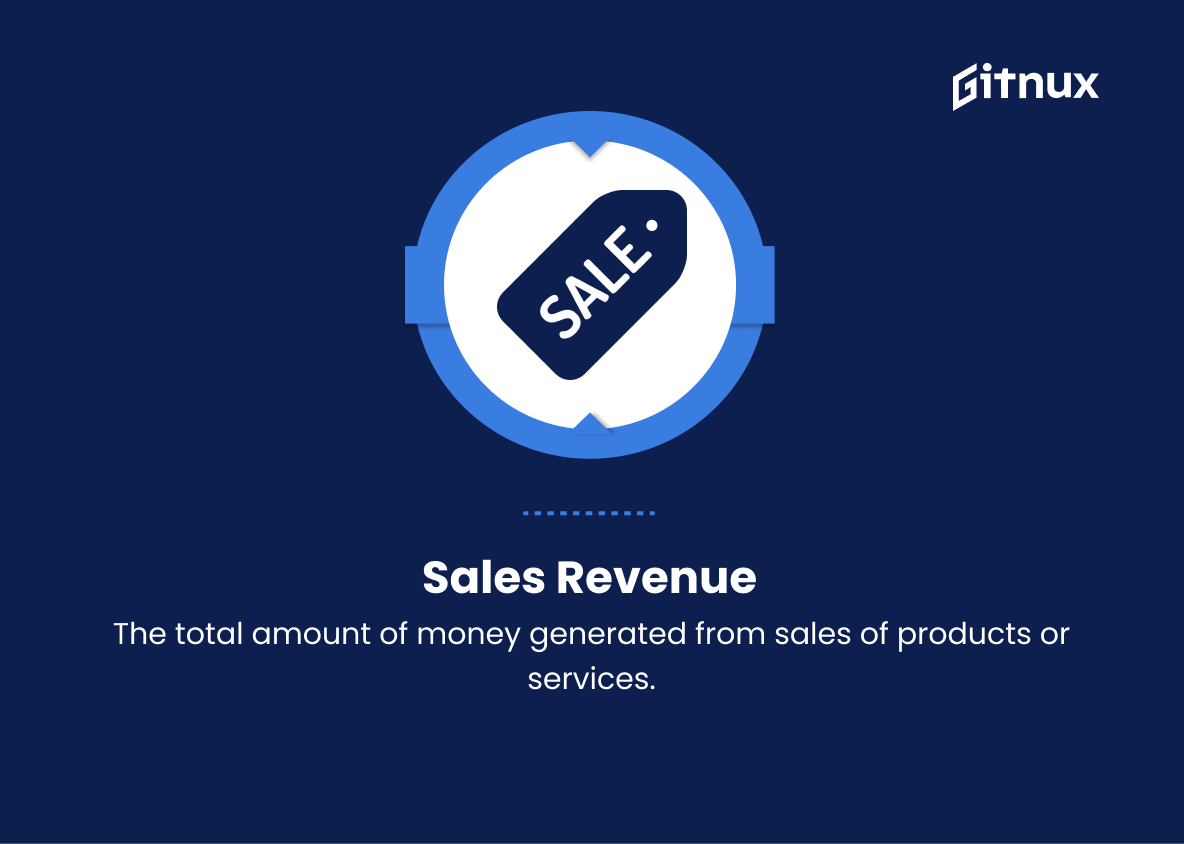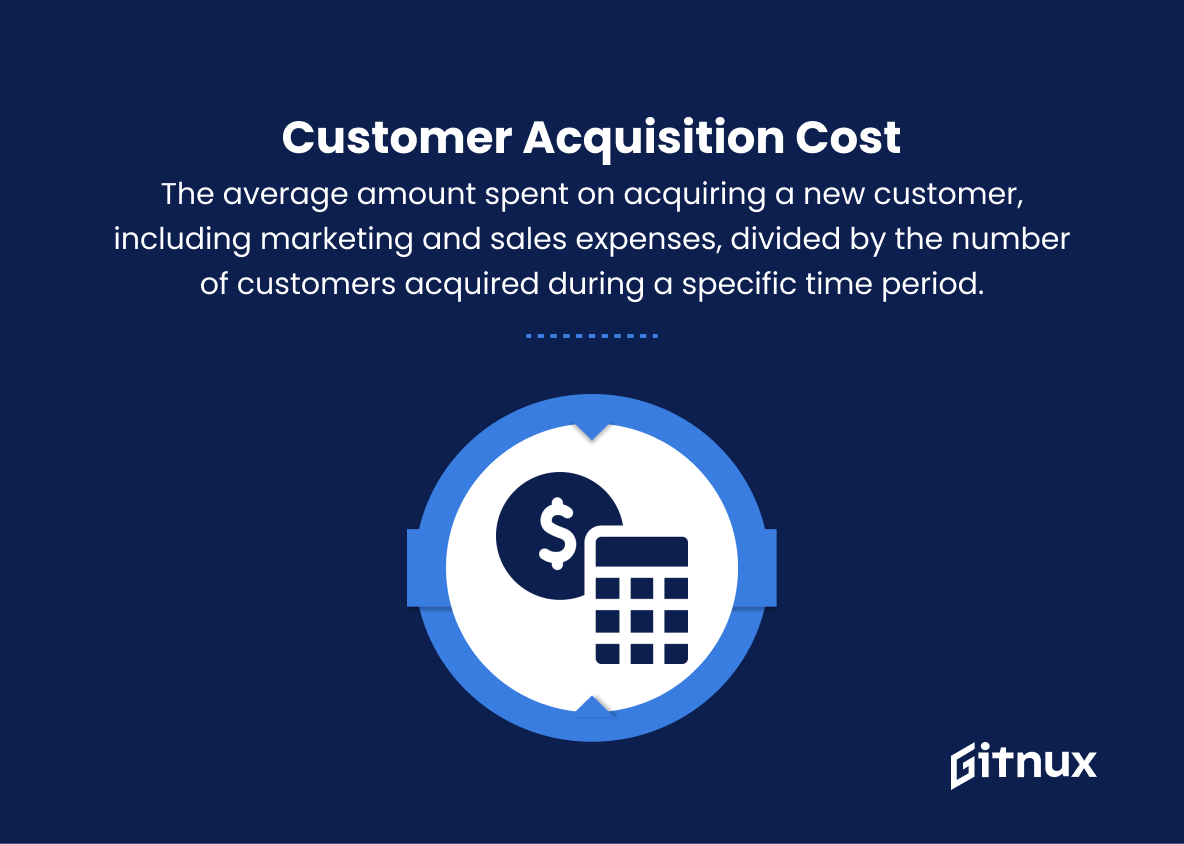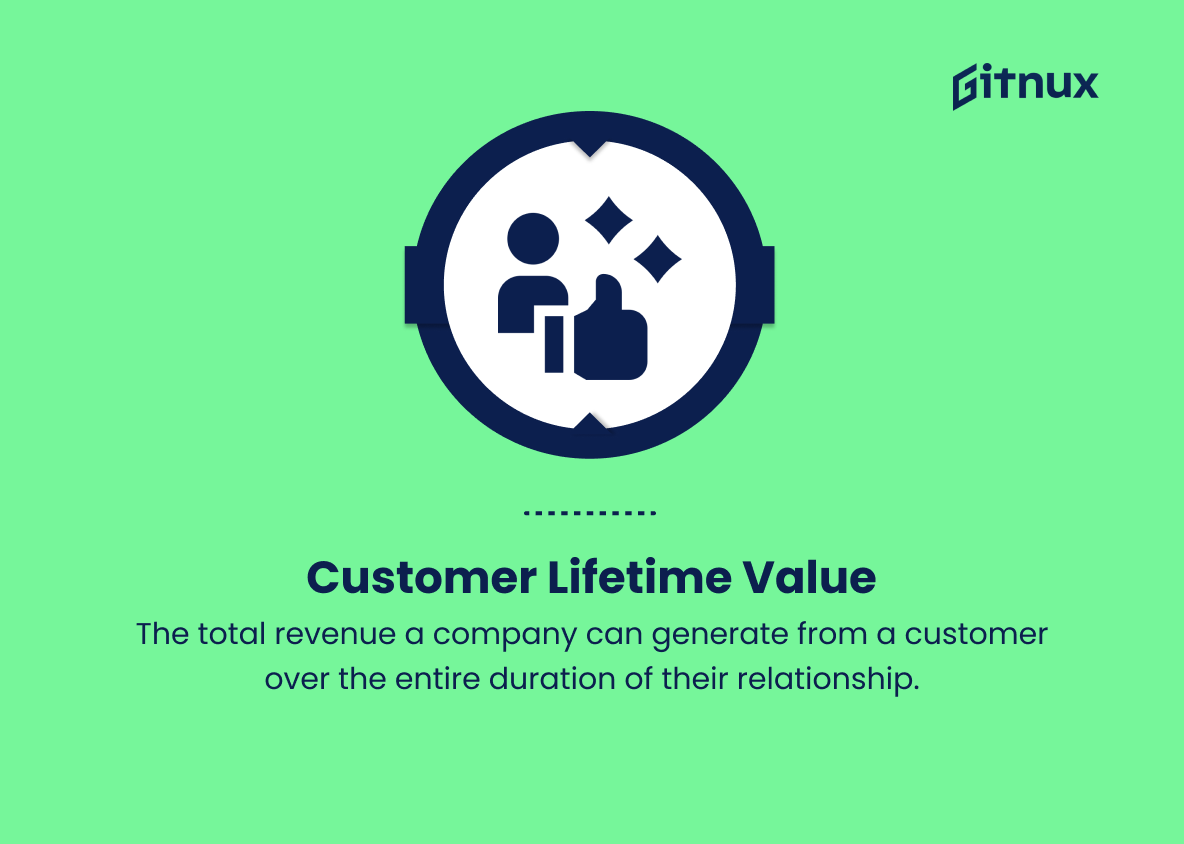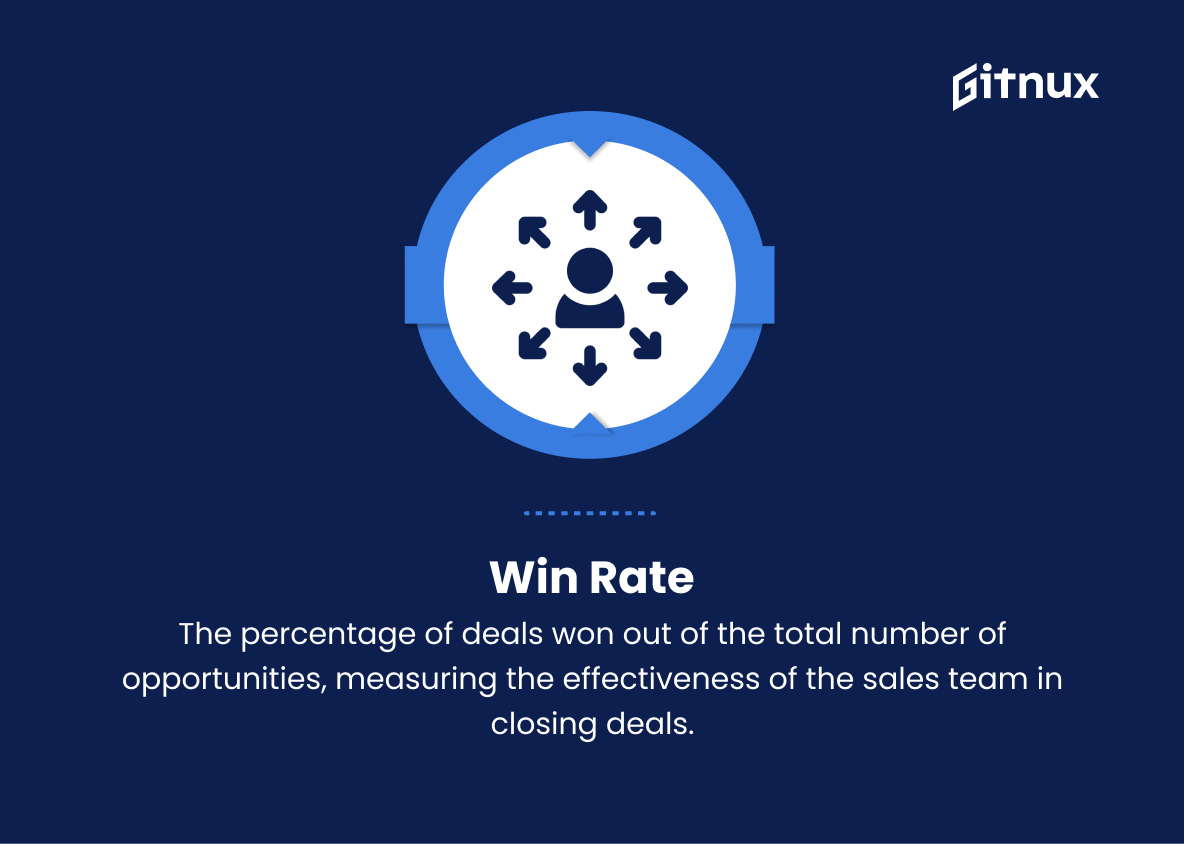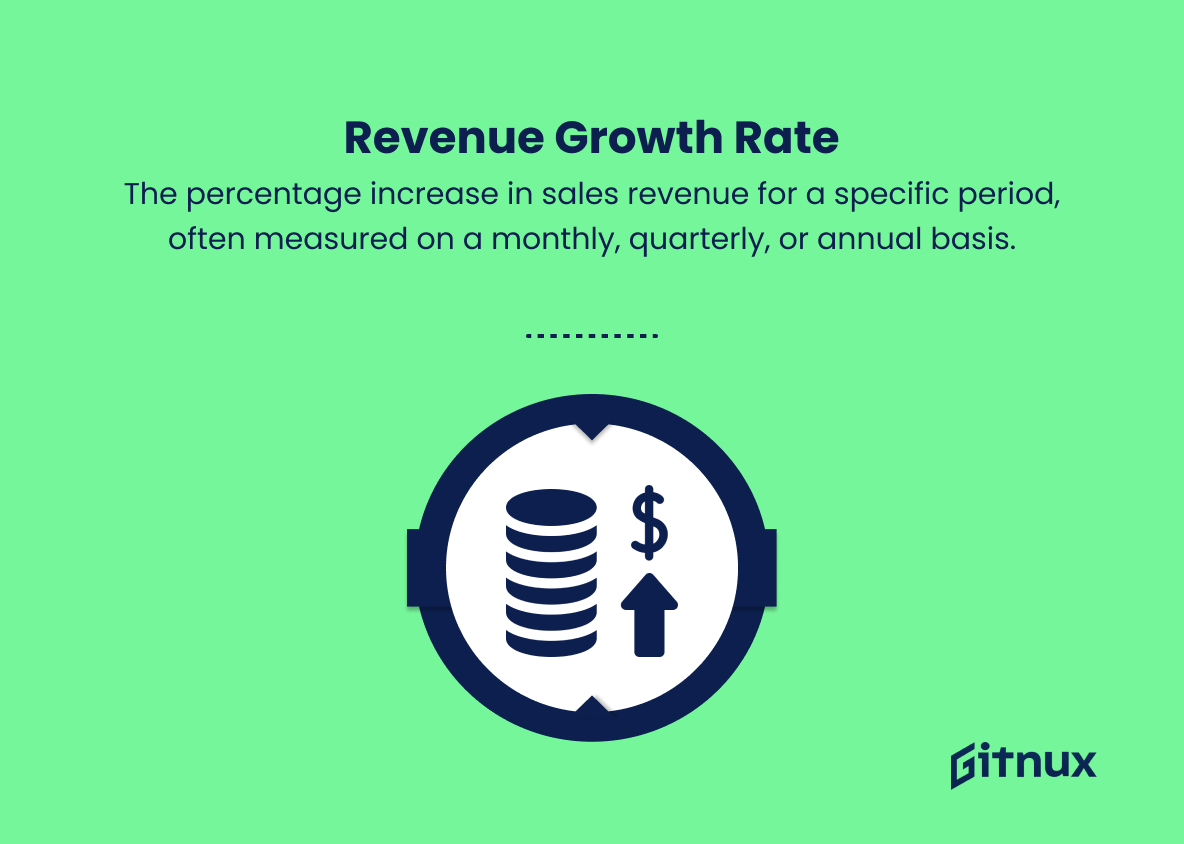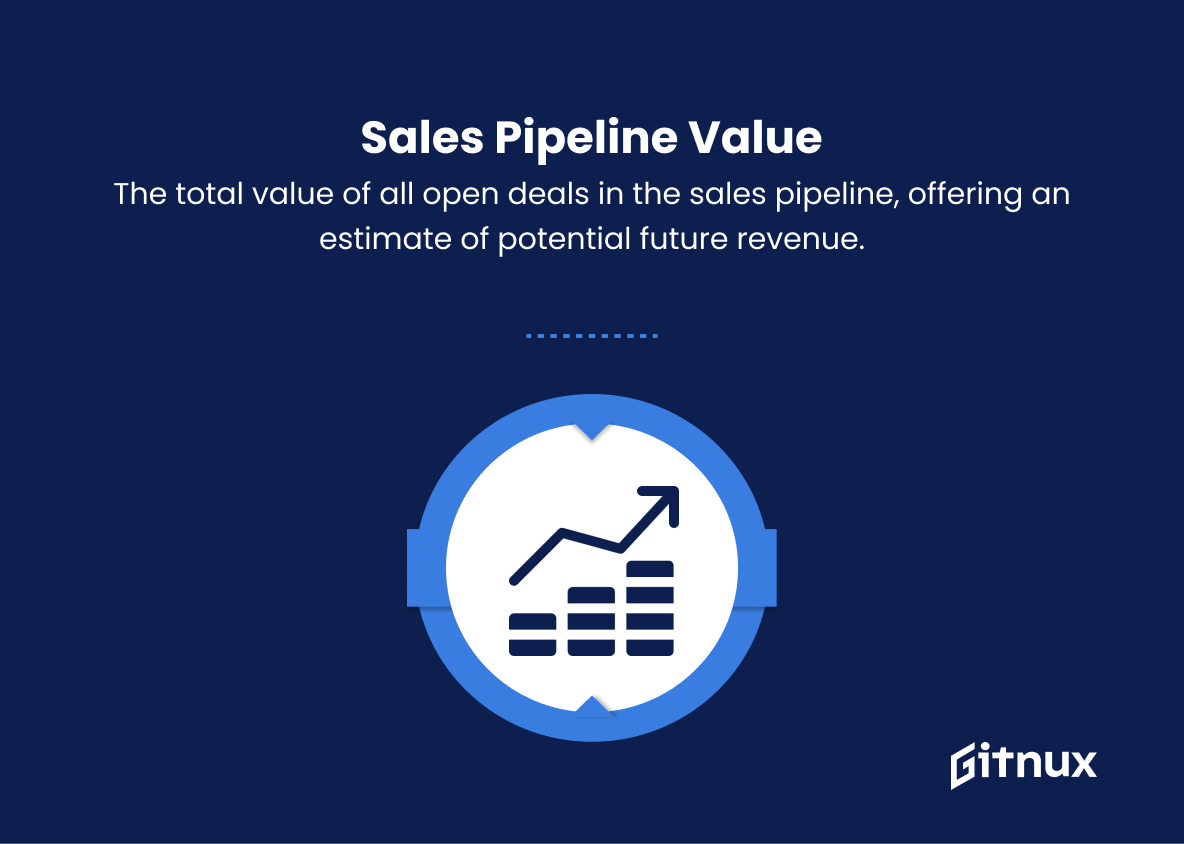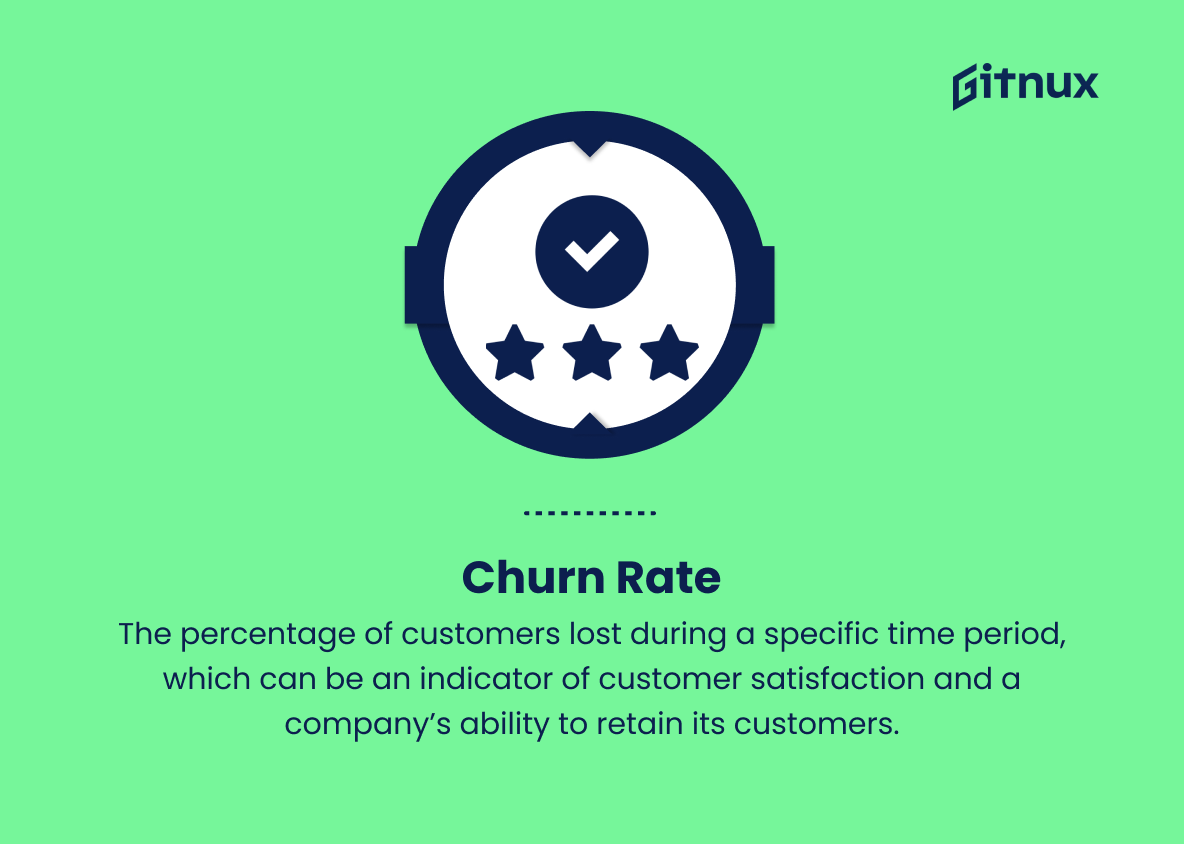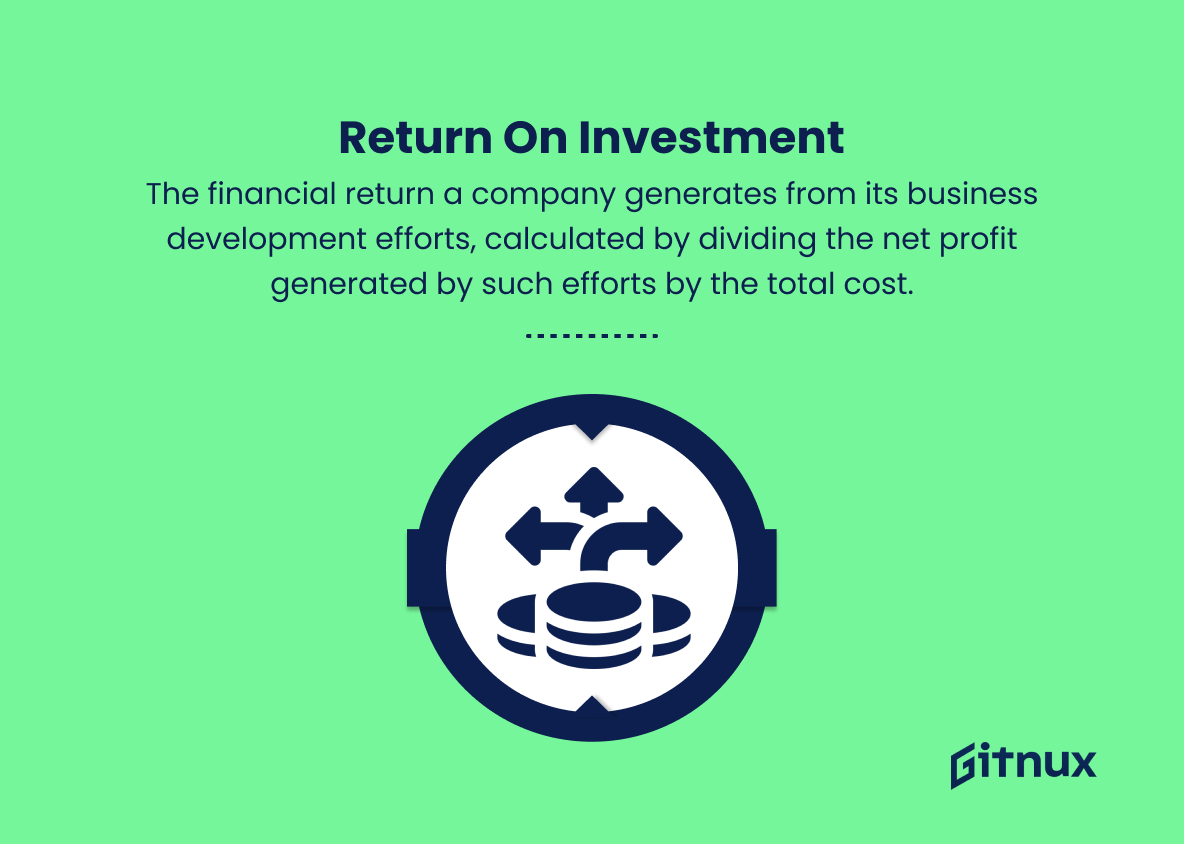In today’s highly competitive business landscape, measuring progress and success has become increasingly crucial for every organization. Business development metrics provide invaluable insights into the effectiveness of your strategies, enabling you to make informed decisions and drive sustainable growth. In this blog post, we delve deep into the world of business development metrics, exploring their importance, the key indicators you should be tracking, and how to leverage this data to catapult your organization to the next level of success. So, buckle up as we take you on a journey to help you excel and sustain in this dynamic business environment.
Business Development Metrics You Should Know
1. Sales revenue
The total amount of money generated from sales of products or services. It is the most important metric for determining a company’s overall financial health.
2. Average deal size
The average monetary value of each closed deal, calculated by dividing total sales revenue by the number of closed deals.
3. Lead conversion rate
The percentage of leads that turn into actual customers, indicating the effectiveness of a company’s sales funnel, lead management, and sales efforts.
4. Customer acquisition cost (CAC)
The average amount spent on acquiring a new customer, including marketing and sales expenses, divided by the number of customers acquired during a specific time period.
5. Customer lifetime value (CLTV)
The total revenue a company can generate from a customer over the entire duration of their relationship.
6. Sales cycle length
The average amount of time it takes for a lead to progress through the sales funnel from initial contact to a closed deal.
7. Win rate
The percentage of deals won out of the total number of opportunities, measuring the effectiveness of the sales team in closing deals.
8. Revenue growth rate:
The percentage increase in sales revenue for a specific period, often measured on a monthly, quarterly, or annual basis.
9. Market penetration
The percentage of potential customers within a target market that a company has reached, reflecting the company’s success in acquiring new customers.
10. Sales pipeline value
The total value of all open deals in the sales pipeline, offering an estimate of potential future revenue.
11. Churn rate
The percentage of customers lost during a specific time period, which can be an indicator of customer satisfaction and a company’s ability to retain its customers.
12. Net promoter score (NPS)
A measure of customer satisfaction and loyalty, calculated by asking customers how likely they are to recommend a company to others.
13. Sales rep productivity
The revenue generated by each salesperson during a specific time period, used to gauge the effectiveness and efficiency of individual sales team members.
14. Return on investment (ROI)
The financial return a company generates from its business development efforts, calculated by dividing the net profit generated by such efforts by the total cost.
Business Development Metrics Explained
Business development metrics are crucial for understanding a company’s financial health and overall performance. Sales revenue is the most important metric as it indicates the total income generated from products or services sold, while average deal size and lead conversion rate measure the effectiveness of sales efforts. Customer acquisition cost (CAC) and customer lifetime value (CLTV) help in determining the profitability of acquiring new customers and retaining existing ones. Sales cycle length, win rate, and sales rep productivity measure the efficiency of the sales team in closing deals and converting leads.
Revenue growth rate, market penetration, and sales pipeline value provide insights into a company’s expansion and future revenue potential. Churn rate and net promoter score (NPS) gauge customer satisfaction and loyalty, as these are significant indicators of a company’s ability to maintain its customer base. Lastly, return on investment (ROI) serves as a comprehensive measure of the financial success of a company’s business development efforts. Overall, these metrics are essential for developing strategies and making informed decisions to drive business growth.
Conclusion
In conclusion, business development metrics play a critical role in driving sustainable growth and supporting informed decision-making across organizations. By tracking a comprehensive set of metrics such as leads, conversion rates, revenue, customer engagement, market share, and growth rate, businesses can identify opportunities, optimize strategies, and ultimately stay ahead of the competition.
It is essential for organizations to continuously monitor and review these key performance indicators, adapting and evolving their business development plans according to the insights gained. By proactively addressing challenges and leveraging opportunities, companies can harness the power of business development metrics and propel their enterprises toward long-term success.
